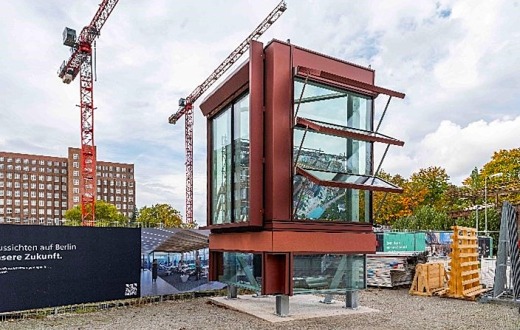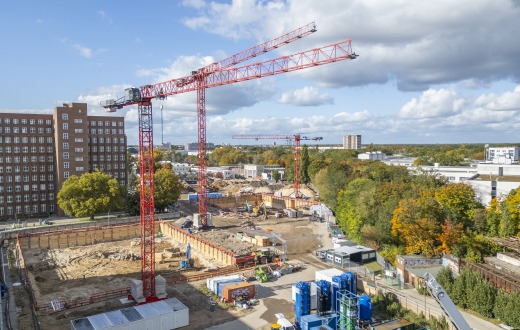Built 126 years ago as a city of short distances the 76-hectare site with 4,000 employees is an important employees, it is an important industrial Siemens industrial site.
With Siemensstadt Square, the site will become a climate-friendly place of the future with innovative new buildings and historic existing buildings. Ideal for working in the New Work and for smart, agile and sustainable companies that want to shape the Siemens to shape the future.
Siemensstadt Square - a place of the future in Berlin
-
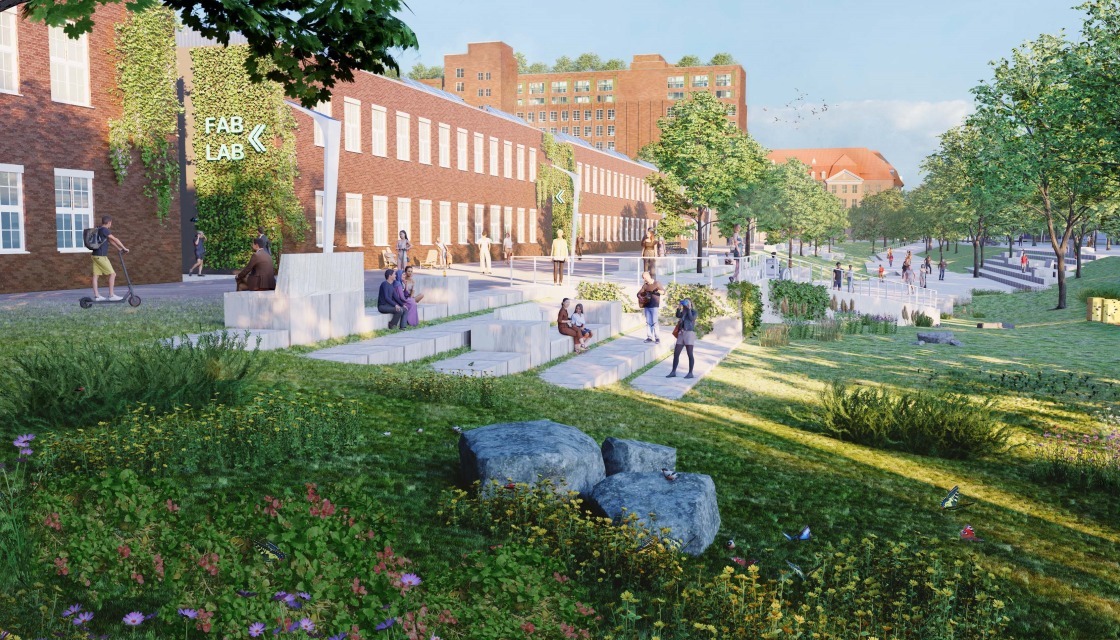 Sustainable place of the future
Sustainable place of the futureSiemensstadt Square is taking shape as a neighborhood that combines sustainable and pioneering solutions at all levels of urban development. A place of the future for a thriving work-life balance and an ideal hub for sustainable innovations in living and working. A carbon-neutral approach powered by 100% renewable energy, combined with eco-conscious architecture, digital strategies and intelligent mobility, makes for a low-impact urban concept based on the circular-economy.
-
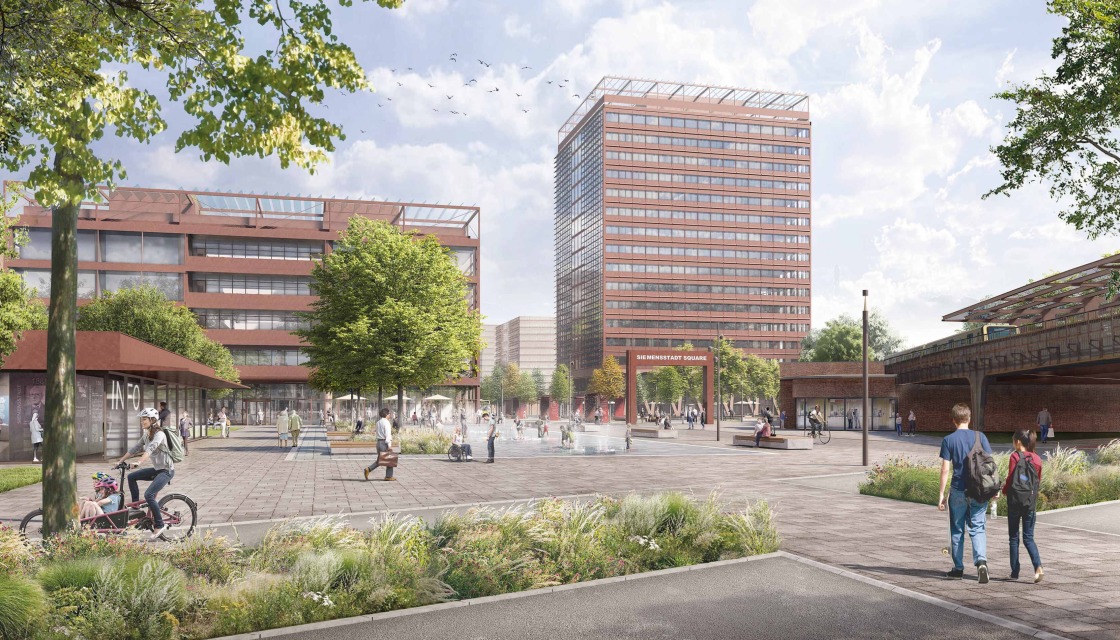 City of the future
City of the futureOn the more than 100-year-old production site, where Siemens still manufactures today, a forward-looking and livable district is being created where people will live, work, learn and conduct research.
Together with the city of Berlin, two architectural competitions have already been held, laying the foundations for Siemensstadt Square. -
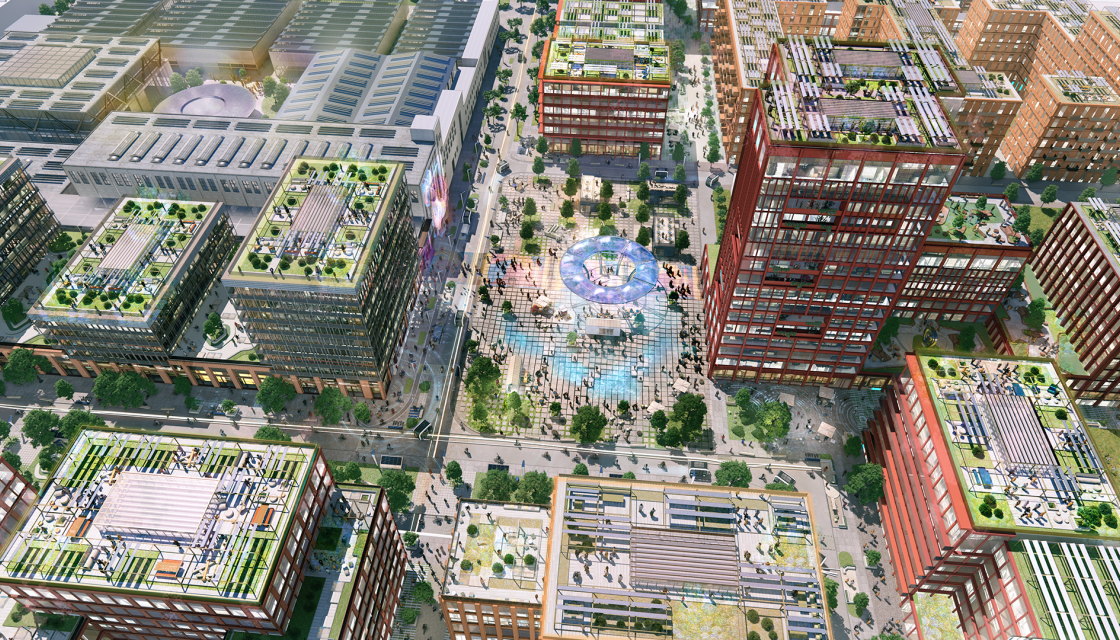 Shape Siemensstadt Square
Shape Siemensstadt SquareJoin us in actively shaping the city of the future. Vibrant, innovative and urban – the full potential of Siemensstadt Square is unfolding through the cooperation of all stakeholders, now and in the future. Siemensstadt Square is sustainable, ecological and livable.
